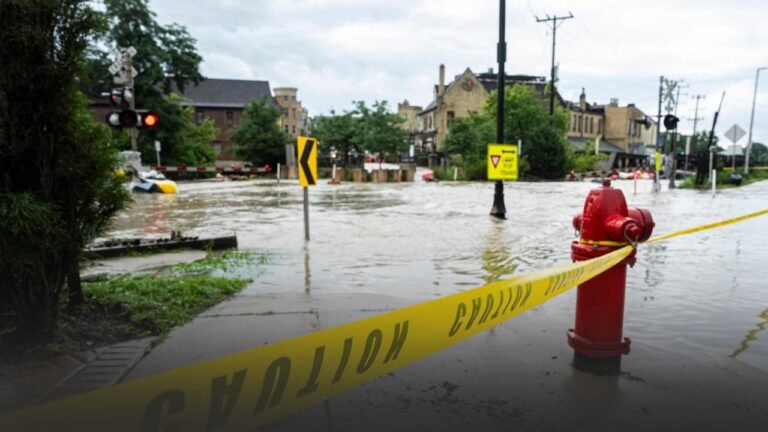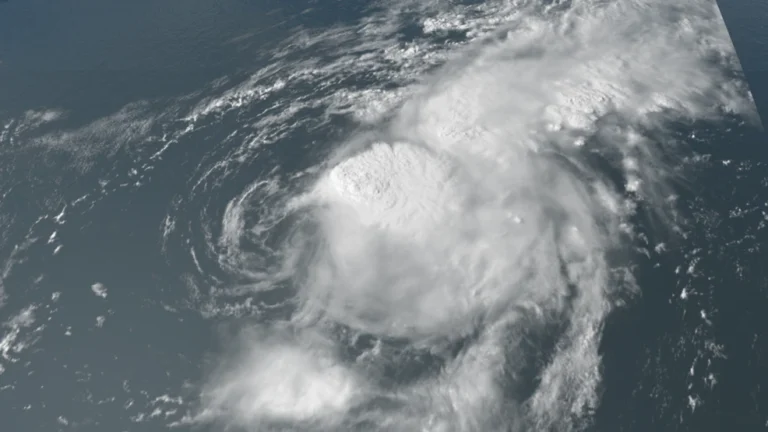Meteorologists Watching Potential “Sudden Stratospheric Warming Event” That Could Bring Early December Chill
UNITED STATES — Meteorologists are closely monitoring signs of a possible Sudden Stratospheric Warming Event (SSW) developing later this month — a rare upper-atmospheric shift that can dramatically alter winter weather patterns across the Northern Hemisphere and send Arctic air plunging deep into the U.S.
What Is a Sudden Stratospheric Warming Event?
A Sudden Stratospheric Warming Event occurs when temperatures in the stratosphere above the Arctic rapidly increase — often by 50°F or more within a few days. This sudden temperature spike can disrupt the polar vortex, a circulation of cold air typically contained near the North Pole.
When the vortex weakens or splits, cold Arctic air can spill southward, triggering major winter outbreaks across the United States and Europe.
Meteorologist Adam Lucio, who shared the latest forecast map, said this pattern could “force Arctic air south” if it develops as modeled, potentially leading to an early and intense start to December.
What Forecasters Are Seeing Right Now
According to the European Centre for Medium-Range Weather Forecasts (ECMWF), medium-range climate models indicate warming beginning around November 29, 2025, centered over the Arctic Circle. The map highlights deep red temperature anomalies aloft, signaling a developing SSW pattern.
While this event remains in its early stages, such signals often appear one to three weeks before the resulting cold air intrusions reach the continental U.S.
“This doesn’t guarantee snow or a deep freeze,” Lucio explained, “but for winter lovers, it’s the kind of long-range signal you want to see.”
Possible Impacts for the U.S.
If the pattern materializes, regions across the Midwest, Great Plains, and Southeast could experience a sharp temperature drop in early December. Past SSW events have led to:
- Prolonged Arctic outbreaks and below-normal temperatures
- Increased storm activity, including snow and ice potential
- Jet stream shifts that bring repeated cold surges
The timing and severity, however, remain uncertain until closer to the event. Meteorologists caution that not every SSW leads to extreme cold, but many of the most memorable winter freezes in U.S. history — including the 2021 Texas freeze — were linked to similar disruptions.
A Pattern to Watch as December Nears
With the current forecast hinting at significant stratospheric warming, forecasters are advising winter preparedness, especially in regions that typically see cold snaps following these events.
If the warming continues to strengthen over the Arctic Circle, residents from the Great Lakes to the Carolinas could experience an early taste of deep winter conditions heading into the holiday season.
Experts emphasize that it’s too soon for specific snowfall or temperature predictions, but long-range climate models suggest a potentially volatile weather pattern developing as the year ends.
Do you think your area is ready for a sudden early-winter chill? Share your thoughts and preparedness tips with us at SaludaStandard-Sentinel.com.







